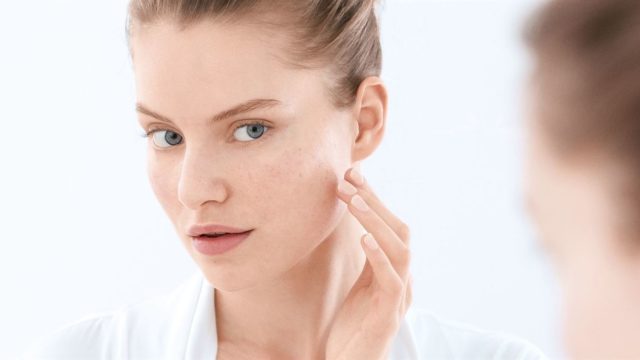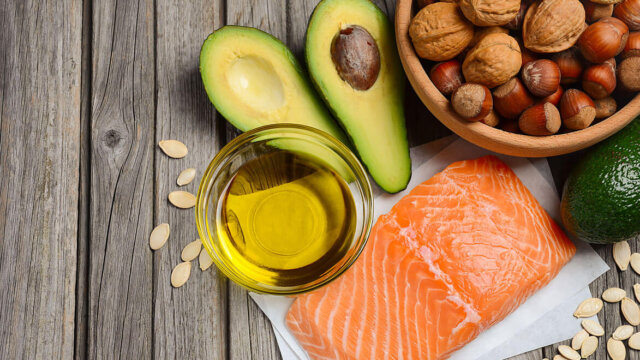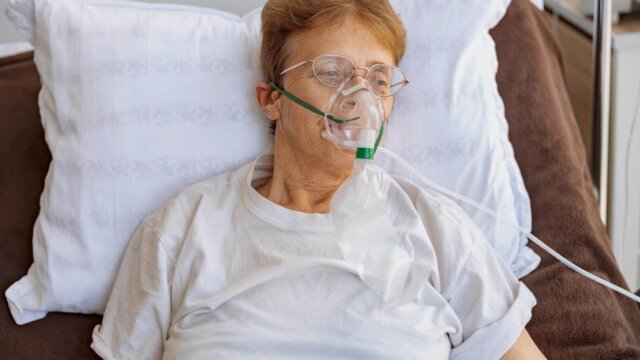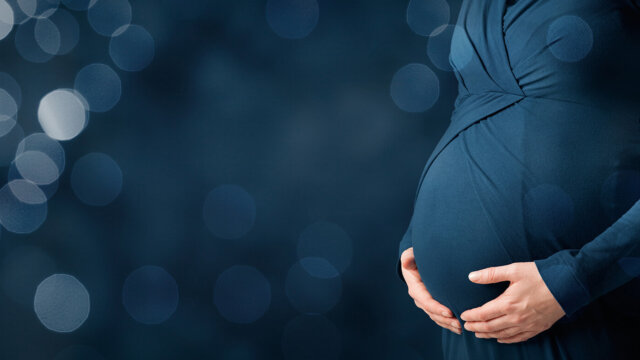FTC disclaimer: This post may contains affiliate links and we will be compensated if you click on a link and make a purchase.
A migraine headache can be a debilitating condition that can significantly interfere with one’s quality of life. However, some home remedies may help lessen the severity of migraine headaches or even prevent them from occurring.
Some of these home remedies include: drinking plenty of water, getting regular exercise, managing stress, avoiding trigger foods, and sleeping well. While migraines can be difficult to deal with, there are ways to help manage them.
Many prescription medications are available to help relieve the pain but have side effects. If you are looking for a natural way to relieve your migraine pain, several home remedies can help.
What causes and triggers migraine headaches?
When it comes to migraines, there is no one-size-fits-all answer. Various things can cause migraines, and what triggers a migraine for one person may not trigger another. However, some common migraine triggers tend to be more prevalent than others.
One of the most common migraine triggers is stress. Stress can be caused by various things, including work, family, and personal relationships. When you’re under stress, your body releases hormones that can trigger a migraine.
Another common migraine triggers changes in weather or barometric pressure. If there’s a sudden change in the weather, such as a drop in temperature or a change in barometric pressure, it can trigger a migraine.
Certain foods and drinks can also trigger a migraine. Common culprits include aged cheeses, chocolate, caffeine, and red wine. Avoiding these trigger foods and drinks is best if you’re susceptible to migraines.
Hormonal changes can also trigger migraines. Women are especially susceptible to migraines during menstruation, pregnancy, and menopause. If you’re a woman who experiences migraines, it’s important to track your menstrual cycle and be aware of any changes in your hormone levels.
Many potential migraine triggers exist, including bright lights, loud noises, and strong smells. If you experience migraines, it’s important to keep a migraine diary to track your triggers and try to avoid them.
Home Remedies for Migraine Headaches Relief
Acupressure
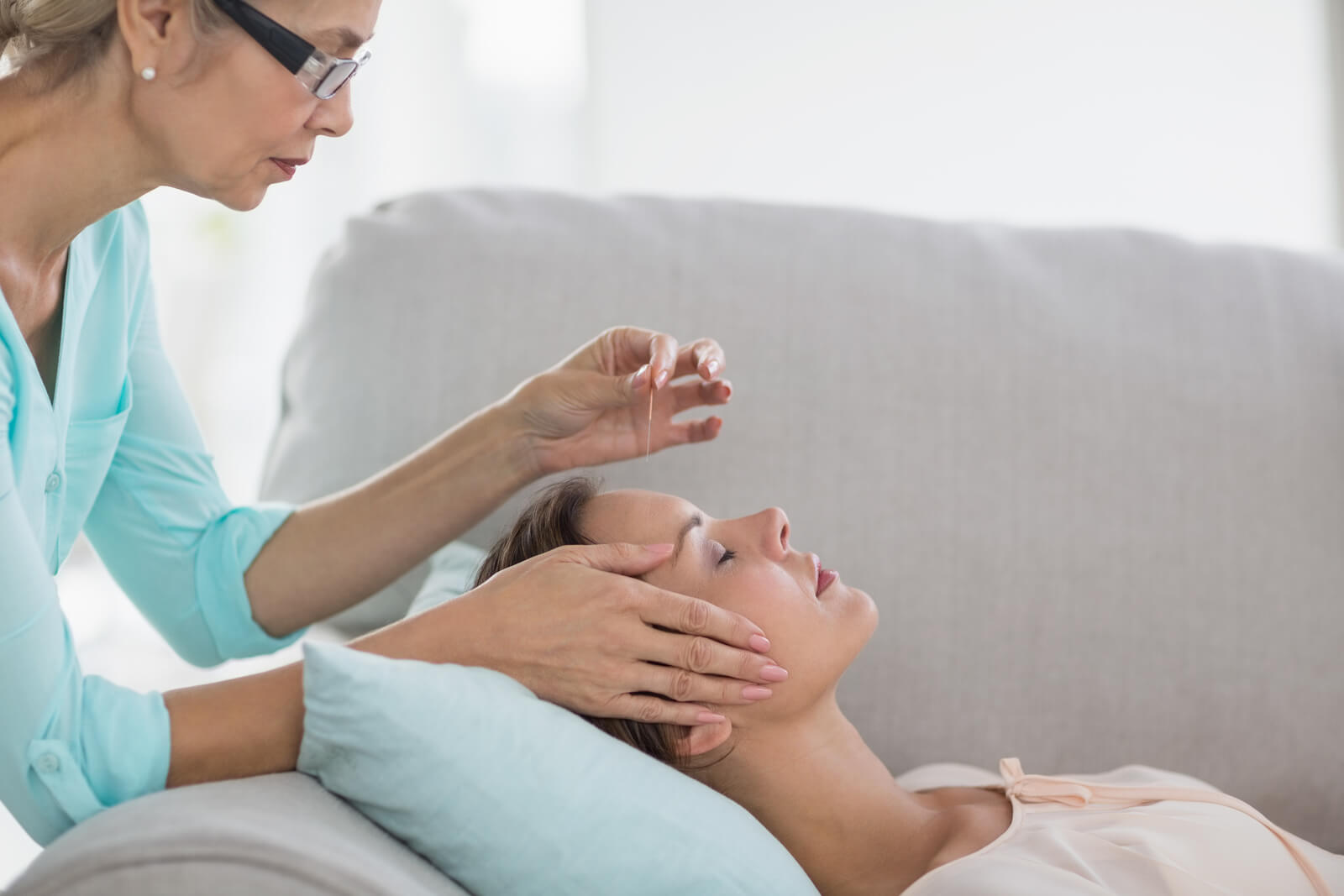
Acupressure is an ancient Chinese practice that is effective in treating migraines. Acupressure is a form of alternative medicine in which pressure is applied to certain points on the body. This pressure can be applied with the fingers, elbows, or other objects.
Acupressure is said to effectively treat migraines by relieving tension and pain. It is also said to help reduce stress and anxiety.
There are a number of pressure points that are said to be effective in treating migraines. These pressure points are located in the head, neck, and shoulders.
The most common pressure point for treating migraines is located at the skull’s base. This pressure point is known as the Fengchi point.
To find the Fengchi point, place your fingers on the back of your head. You should feel a small indentation at the base of your skull.
Another pressure point that is said to be effective in treating migraines is the one located at the back of the neck. This pressure point is known as the Hegu point.
To find the Hegu point, place your fingers on the back of your neck. You should feel a small indentation at the base of your neck.
Several other pressure points are said to be effective in treating migraines. These pressure points are located in the arms, legs, and feet.
Acupressure has been used for centuries as a home remedy for migraines. Although there is limited scientific evidence to support its efficacy, some studies have shown that acupressure may be effective in relieving migraine headaches.
One study found that acupressure was more effective than sham acupuncture in reducing the frequency and intensity of migraines. However, another study found no difference between the two treatments.
The evidence suggests that acupressure may be a safe and effective home remedy for migraines. If you are considering trying acupressure, it is important to consult with a qualified practitioner to ensure that you are using the correct technique.
Acupressure is said to be a safe and effective treatment for migraines. However, it is important to consult a healthcare provider before beginning any treatment.
Use Ice Packs
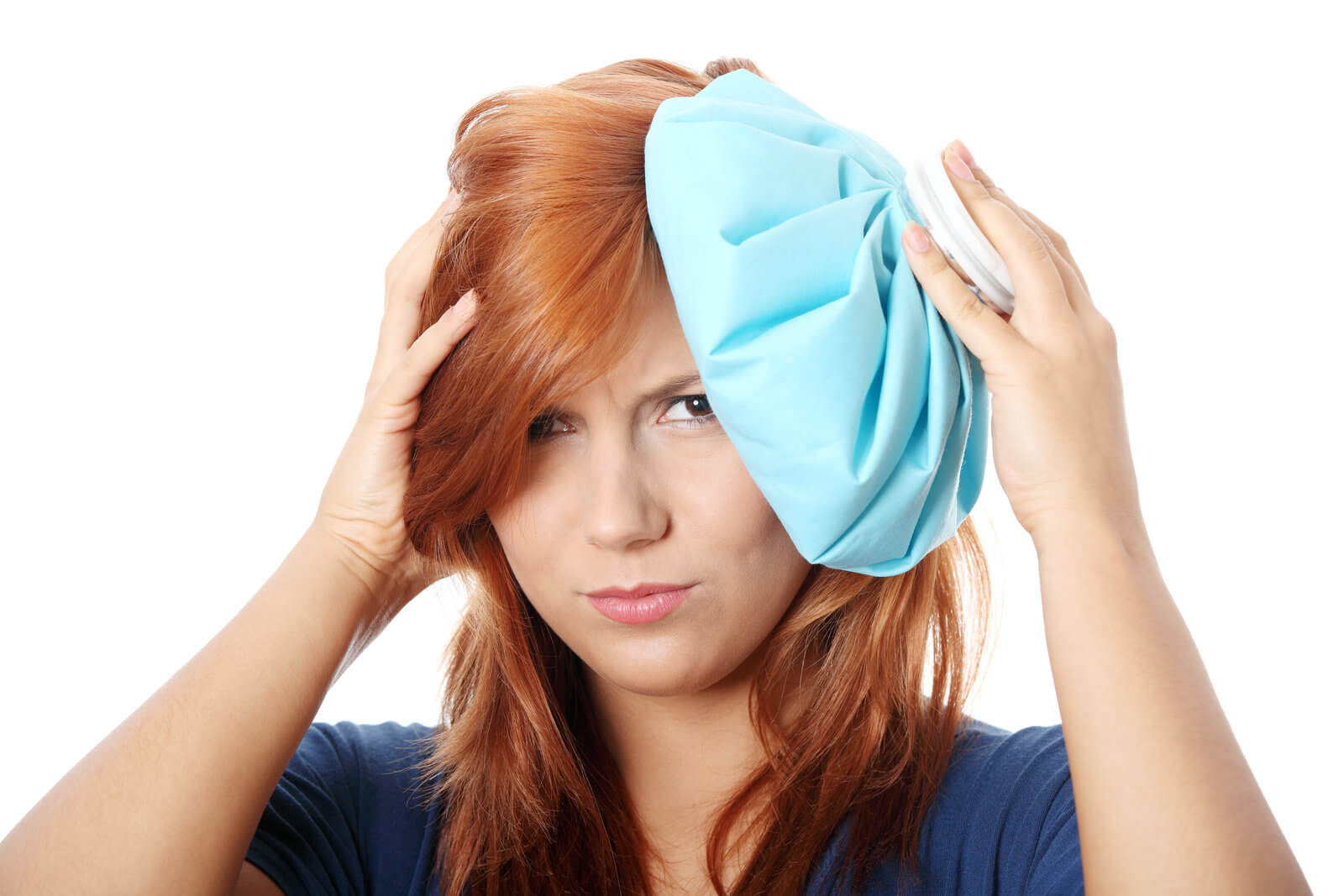
If you suffer from migraines, you know how debilitating they can be. The pounding headache, nausea, and light sensitivity can make it impossible to function.
Unfortunately, migraines are also notoriously difficult to treat. While some medications can help, they don’t work for everyone and can have nasty side effects.
Fortunately, some home remedies can help ease the pain of migraines and might even prevent them from happening in the first place. One of the simplest and most effective home remedies is an ice pack.
Ice can help to constrict blood vessels, which can reduce inflammation and pain. It can also help to numb the area, providing some relief from the throbbing pain.
Though no scientific evidence supports their use specifically for migraines, studies have shown that ice packs can reduce pain and inflammation.
To use an ice pack as a home remedy for migraines, wrap it in a towel or piece of cloth and apply it to the affected area for 15-20 minutes at a time. You can do this several times per day as needed.
Moreover, if you don’t have an ice pack, try a frozen bag of peas or cold, damp cloth. These can also help to reduce inflammation and pain.
If you find that ice packs help relieve your migraine symptoms, be sure to talk to your doctor about other potential treatments that may be right for you.
Improve Diet
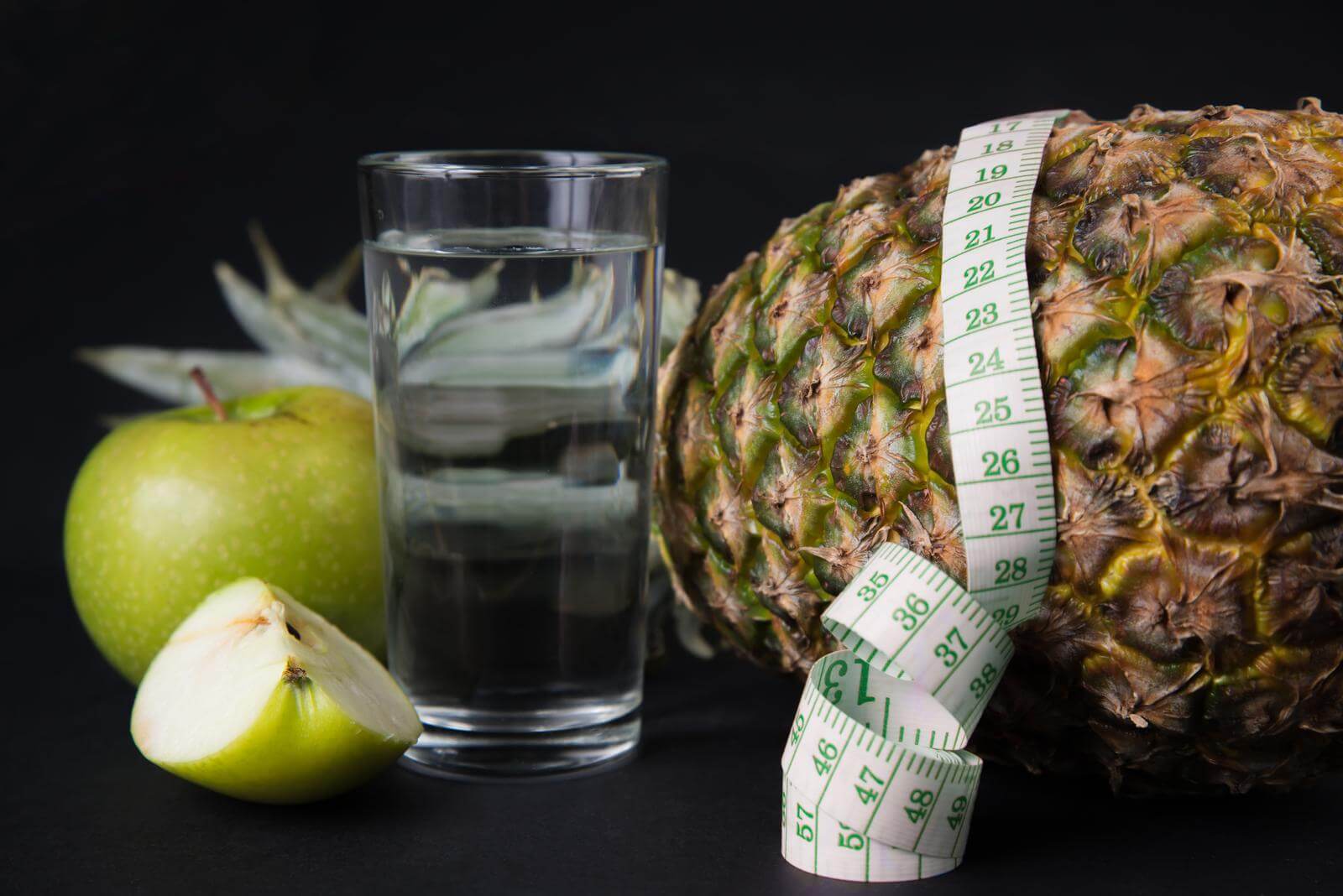
A migraine is a debilitating headache that can last for days. People who suffer from migraines often have to take medication to get relief.
Some people find that home remedies, such as diet, can help reduce the frequency and severity of their migraines.
There is some evidence that certain foods can trigger migraines. For example, cheese, chocolate, and processed meats are common triggers.
Other foods triggering migraines include citrus fruits, artificial sweeteners, and caffeine. Keeping a food diary can help you identify your own personal triggers.
One small study found that a diet rich in magnesium may help reduce the frequency of migraines. Magnesium is found in green leafy vegetables, nuts, and whole grains.
Another study found that people who eat a lot of processed meats, such as hot dogs and bacon, are more likely to experience migraines.
Some specific diets are helpful for people with migraines. This diet includes avoiding potential triggers, eating regular meals, and getting enough sleep and exercise.
There is still much research needed on diet and migraines, but these preliminary studies suggest that certain dietary changes may help relieve migraine symptoms.
If you suffer from migraines, it may be worth trying out some home remedies to see if they help you find relief.
Feverfew
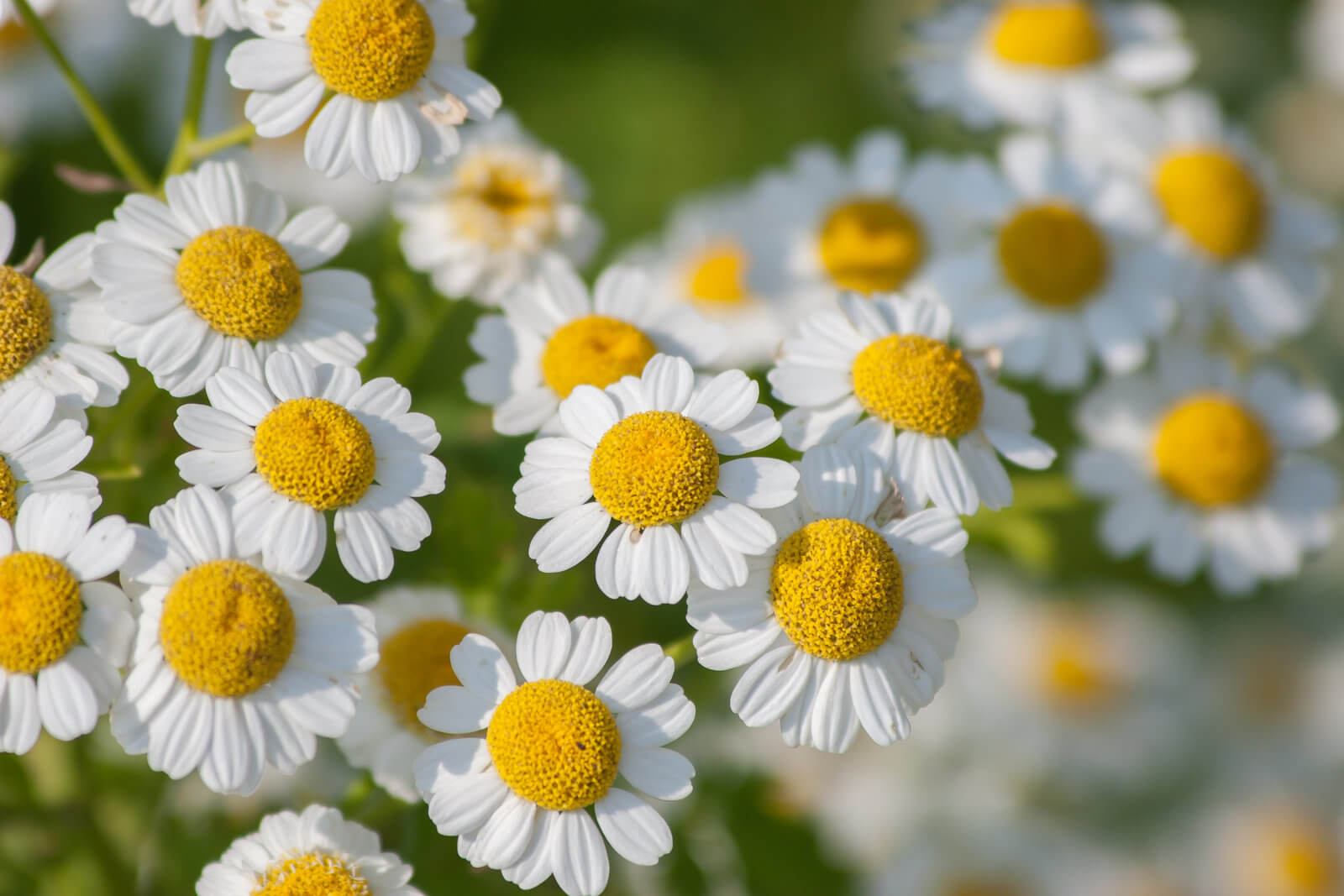
Feverfew has been a home remedy used to treat migraines for centuries. The herb is native to Europe and Asia and has been used medicinally since the Middle Ages.
Feverfew contains compounds that help relieve migraine headaches by reducing inflammation and pain.
There is some evidence that feverfew may help reduce the frequency of migraines. A few small studies have found that people who took feverfew had fewer migraines than those who did not take the herb. However, more research is needed to confirm these findings.
Feverfew is available in supplement form or as a dried herb. It can be taken orally or applied topically to the temples or forehead.
If you are considering using feverfew as a home remedy for migraines, you must talk to your doctor first.
While feverfew is generally considered safe, it can interact with certain medications and may not be appropriate for everyone.
Peppermint oil

Migraines are no fun. The throbbing pain, nausea, and sensitivity to light can make even the simplest tasks seem impossible. If you’re looking for a natural way to find relief, peppermint oil may be worth a try.
Peppermint oil has long been used as a home remedy for headaches and migraines. There’s some evidence to suggest that it can be effective. One study found that peppermint oil helped reduce the intensity of migraines.
The evidence for its effectiveness is mixed, but some studies have found it helpful. In one study, participants who applied peppermint oil to their foreheads and temples reported less pain and fewer symptoms than those who did not use the oil.
If you want to try peppermint oil, there are a few ways to use it. You can apply it directly to your forehead or temples or add a few drops to a diffuser and inhale the vapors. Some people also find relief by drinking peppermint tea or taking capsules filled with peppermint oil.
Lavender oil
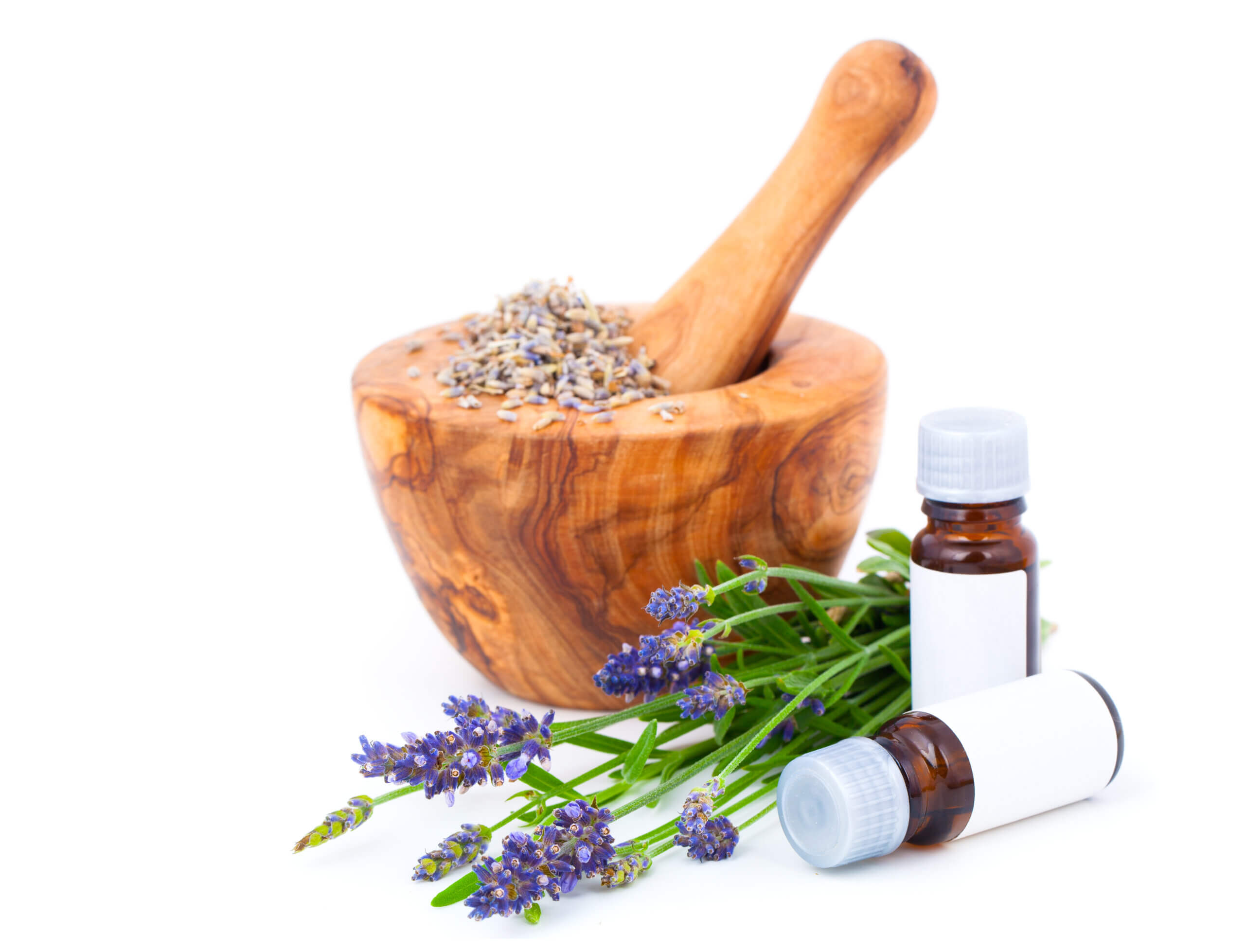
Lavender oil has long been used as a home remedy for migraines and other headaches, with some evidence to support its efficacy.
A study published in the Journal of Neurology, Neurosurgery & Psychiatry found that lavender oil effectively reduced the frequency and severity of migraines in a group of patients who applied it to their temples and forehead daily.
Other studies have found that lavender oil may help relieve tension and cluster headaches. While more research is needed to confirm these findings, lavender oil is a safe and inexpensive option worth considering for those suffering from chronic or occasional headaches.
Talk to your doctor if you’re considering using lavender oil as a home remedy for migraines.
Willow Bark
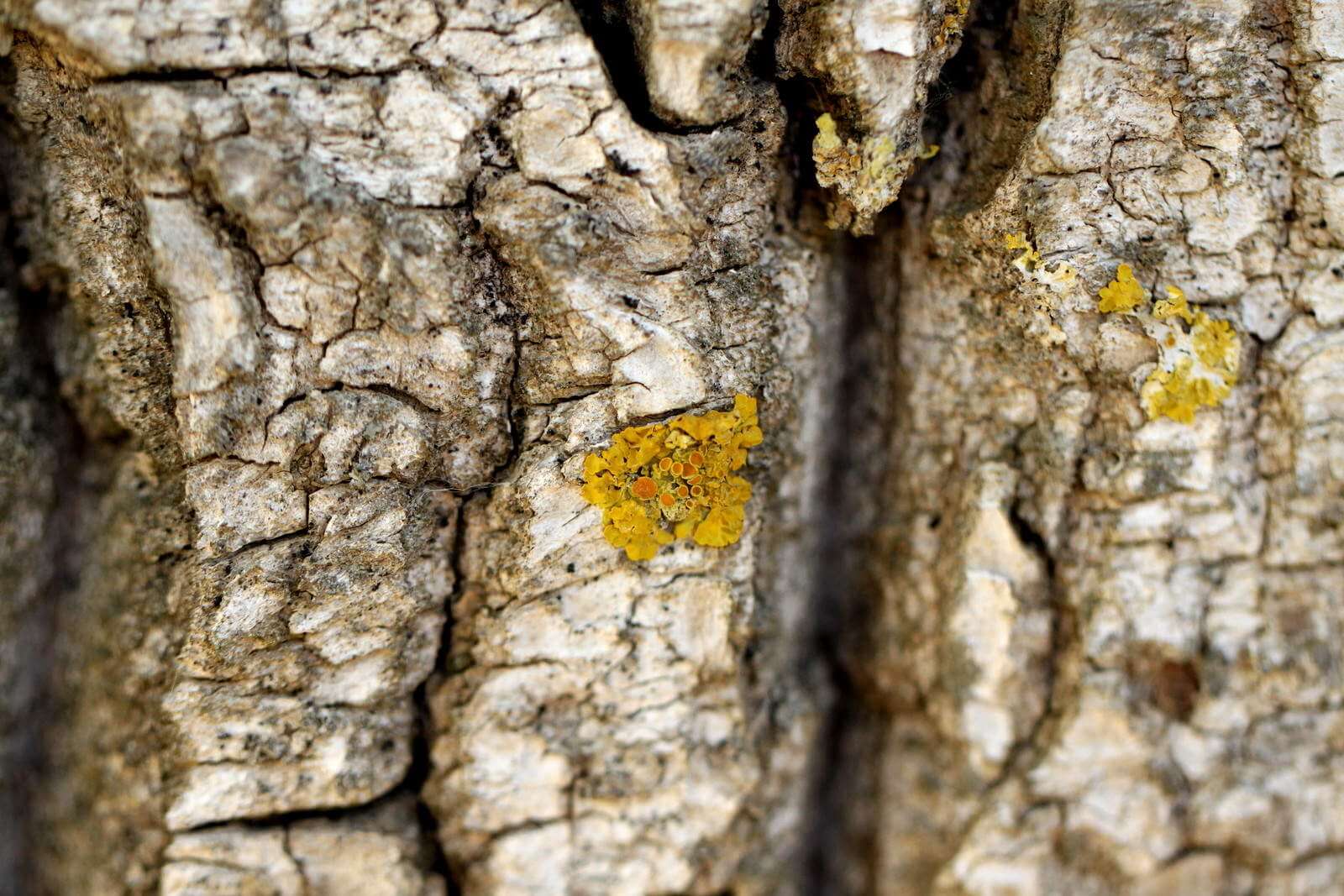
Willow bark is the bark of the willow tree and has been used for centuries as a natural remedy for pain. Willow bark contains salicin, which is a compound similar to aspirin. Moreover, Willow bark was used as the basis for the development of aspirin.
Willow bark can be taken in a variety of forms. It is available in capsules, tablets, tinctures, and teas. It can also be found in some topical pain-relieving products.
When taken orally, willow bark typically takes effect within 30 minutes to an hour. The effects can last for several hours. When taken in tincture form, willow bark can be taken every four to six hours as needed.
A recent study showed that willow bark is as effective as aspirin in treating migraines. Willow bark may also have other health benefits, such as reducing inflammation and pain.
Willow bark is generally considered safe when taken as directed. The most common side effect is gastrointestinal upset, such as nausea, vomiting, or diarrhea. If you experience these side effects, discontinue use and speak with your healthcare provider.
Children or adolescents should not take Willow bark. It should also be avoided by women who are pregnant or breastfeeding.
Willow bark may be worth a try if you’re looking for a natural way to treat your migraines. Willow bark is generally safe and well-tolerated when taken as directed. However, as with any natural remedy, it’s always best to speak with your healthcare provider before starting any new treatment.
Regular Exercise

Exercise has long been touted to improve overall health, but recent studies show that it may also be an effective home remedy for migraines.
Migraines are a type of headache that can be debilitating, often causing severe pain and nausea. They can be triggered by several factors, including stress, certain foods, and changes in weather or barometric pressure.
Many different types of exercise can help with migraines. Aerobic exercise is a good choice. This exercise helps increase the flow of oxygen to the brain. It can also help to reduce stress.
There are a few different ways that exercise can help with migraines. First, it can help to reduce the frequency of migraines. You’re less likely to have migraines if you exercise regularly.
Second, exercise can help to reduce the intensity of migraines. If you’re able to exercise during a migraine, it can help to take the edge off of the pain.
Finally, exercise can help to improve your overall mood. When you’re feeling good, you’re less likely to get migraines.
There is some evidence to suggest that exercise can help to reduce the frequency and intensity of migraines. One study found that people who exercised regularly were less likely to experience migraines than those who didn’t exercise.
Other studies have shown that exercise can help to reduce the pain associated with migraines. It is thought that the endorphins released during exercise may help to block pain signals from the brain.
Move to Quiet, Calm, and Less Exposure to Light.
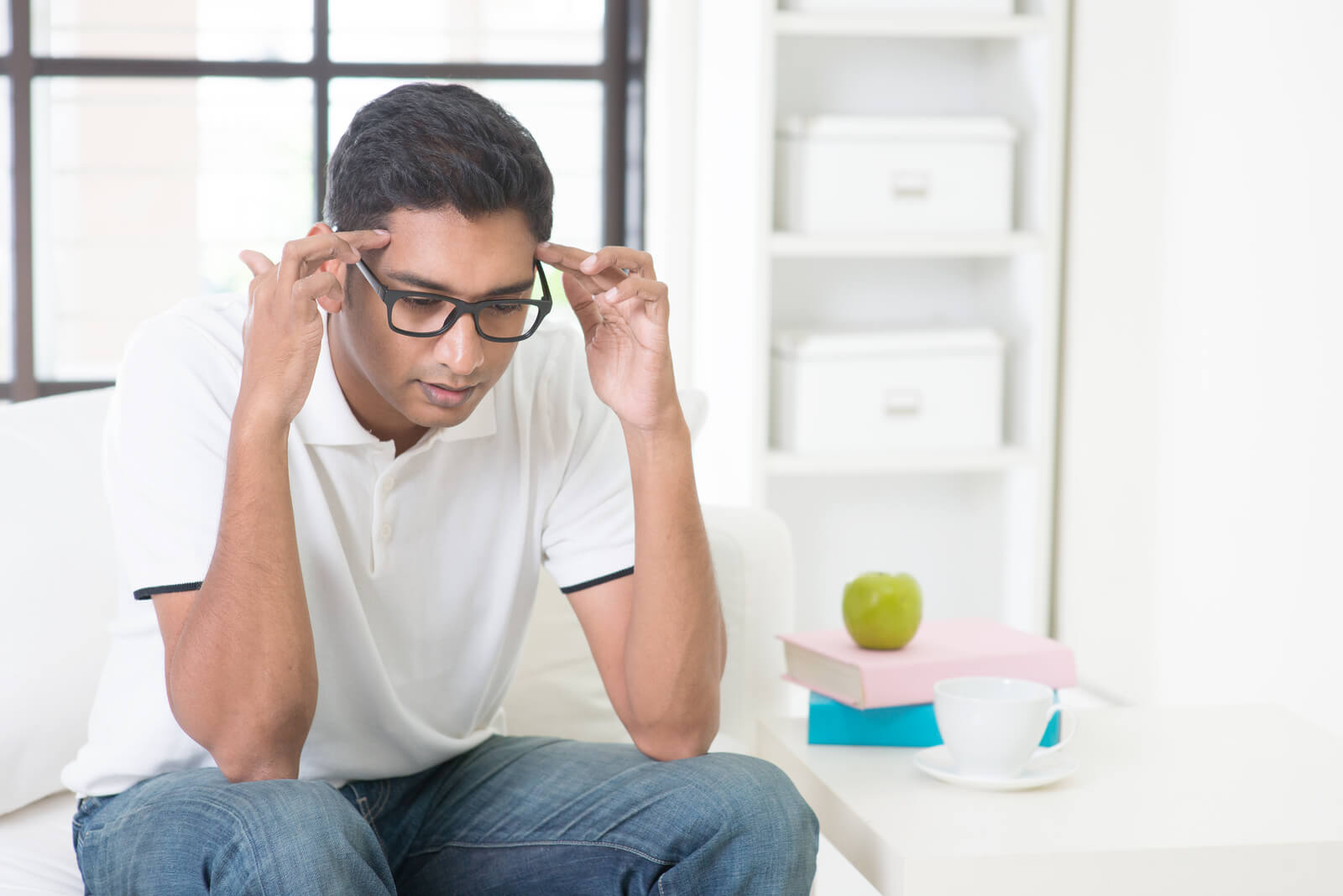
There are many home remedies for migraine headaches, but one of the most effective is simply creating a quiet, calm environment with less exposure to light.
This can be difficult to do if you live in a busy household or have a job requiring you to contact bright lights constantly, but it’s important to try to reduce your exposure as much as possible.
First, try to relax. Take some deep breaths and try to clear your mind. If you can, close your eyes and visualize a calm, peaceful place.
Second, try to reduce the amount of light exposure you’re getting. If you’re in a brightly lit room, try to sit in a darker corner. Wear sunglasses or a hat with a brim to shade your eyes if you’re outside.
There is evidence from studies that suggest that migraines are often triggered by overexposure to light, so by reducing your exposure, you may be able to prevent or lessen the severity of migraines.
If you can’t avoid all bright lights, try wearing sunglasses or an eye mask when you know you’ll be exposed to them.
Ginger
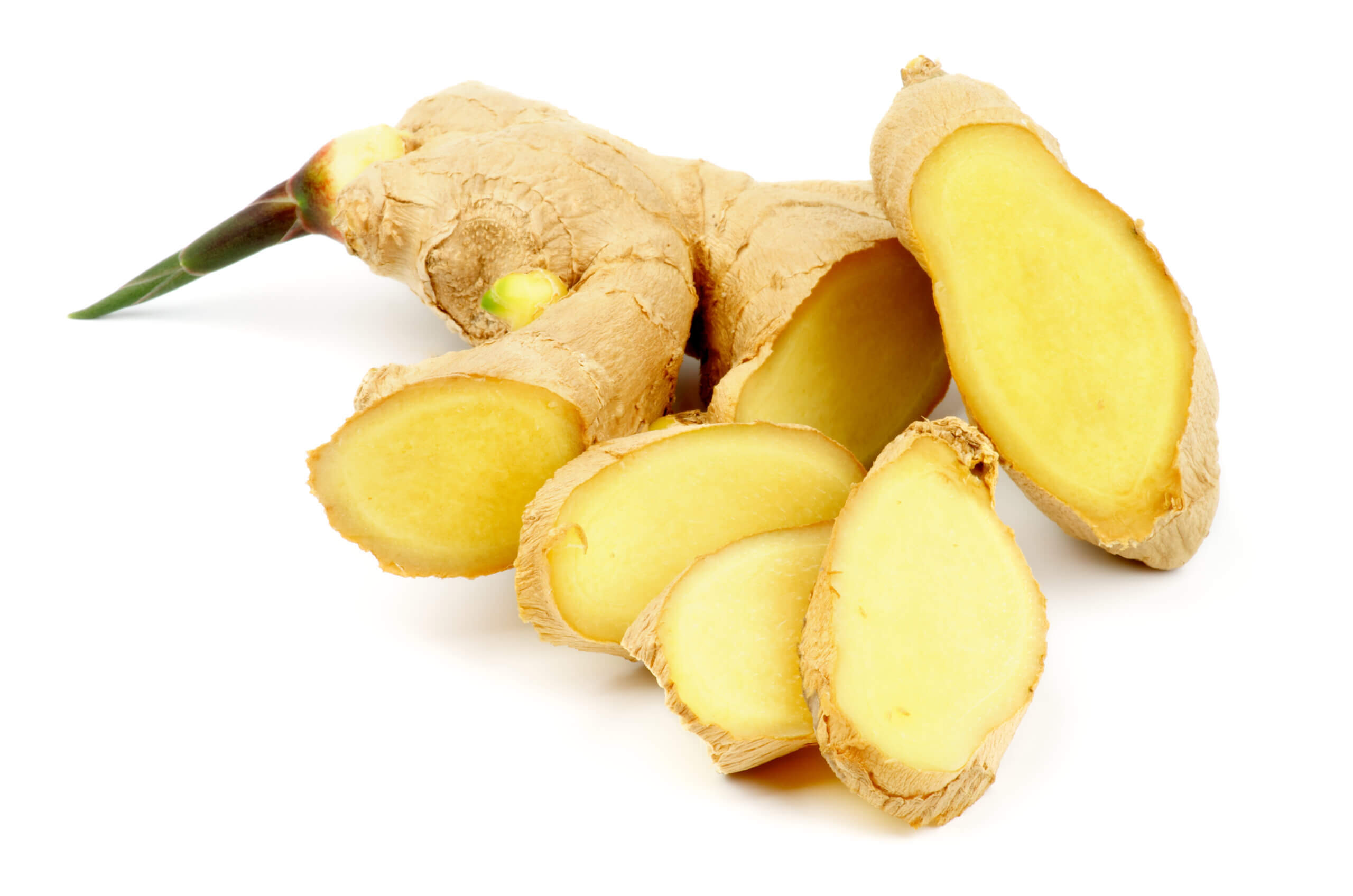
Ginger is a popular home remedy for migraines, and there is some evidence to support its use.
A study published in the journal Neurology found that ginger powder effectively reduced migraines’ pain. However, the study was small and more research is needed to confirm these results.
In one study, participants who took ginger powder experienced less pain and fewer migraines than those who didn’t take the supplement.
If you’re looking for a natural way to ease your migraine pain, ginger may be worth a try. No known side effects are associated with ginger, so it’s generally considered safe to take.
However, if you’re pregnant or breastfeeding, you should check with your doctor before taking any home remedies, including ginger.
Butterbur
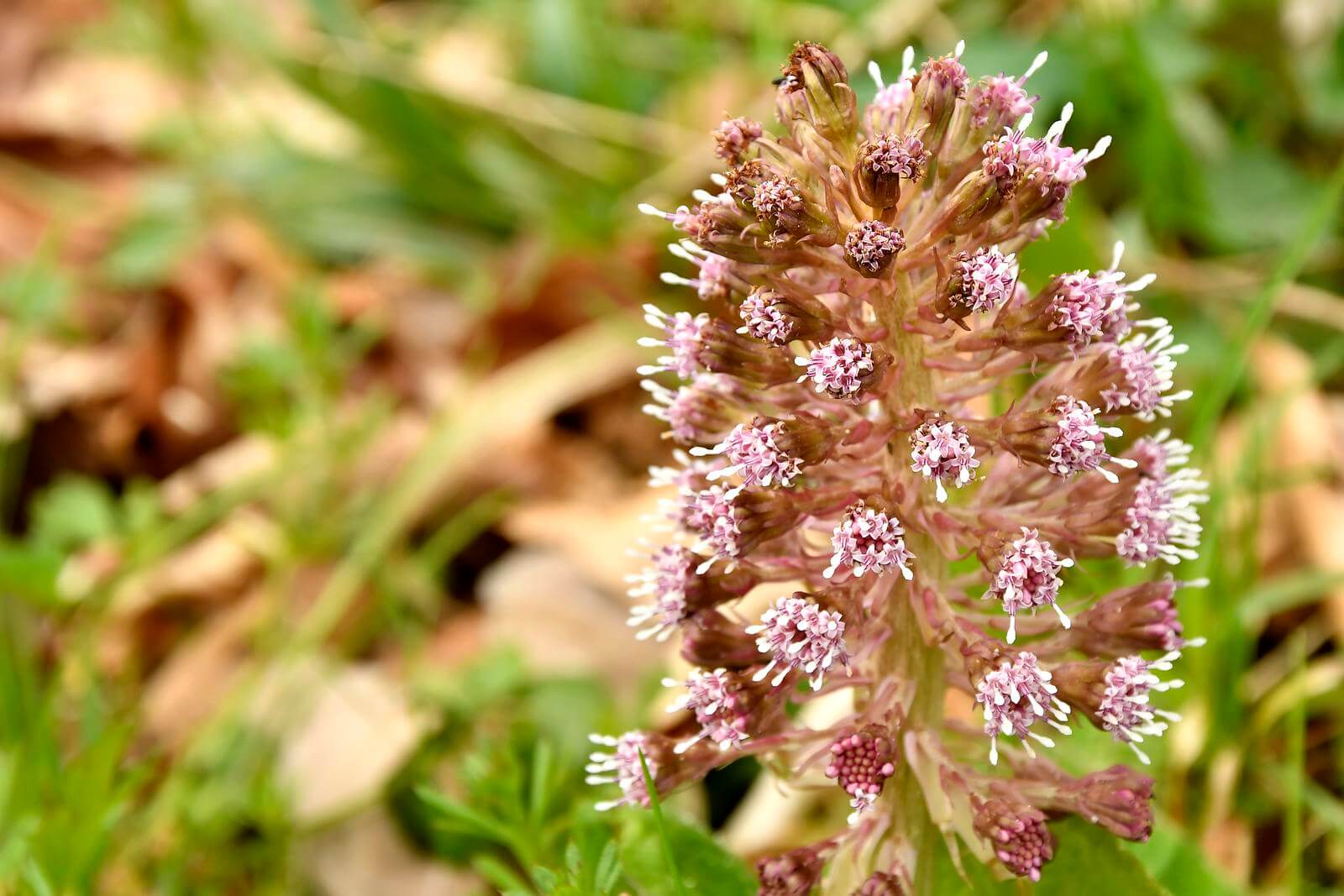
If you suffer from migraines, you may be looking for natural home remedies to ease your pain. Butterbur is a plant that has been used for centuries to treat various ailments, including headaches.
Some research suggests that butterbur may reduce migraines’ frequency and intensity.
To use butterbur as a remedy for migraines, you can take it in supplement form or apply it topically to your forehead.
You may also want to try drinking a tea made with fresh or dried butterbur leaves. If you experience any side effects from taking butterbur, stop using it and talk to your doctor.
One study found that taking butterbur extract was just as effective as taking the prescription migraine medication topiramate. Another study found that butterbur was effective in reducing the frequency of migraines.
Although more research is needed, the evidence suggests that butterbur may be a safe and effective home remedy for migraines.
If you consider using butterbur as a home remedy for migraines, you must speak with your healthcare provider to ensure it is safe.
Magnesium

Migraines are a common condition that can cause severe headaches and other symptoms. Magnesium is a mineral involved in many body processes, including muscle contraction and nerve function.
Some research suggests that magnesium may help to prevent or relieve migraines. Moreover, some research suggests magnesium may help reduce their frequency and severity.
There are several ways to get magnesium into your system, including diet, supplements, and topical treatments. Many people find relief from migraines by using magnesium-rich home remedies. Some of the most effective home remedies include:
- Epsom salt baths: Adding Epsom salt to a warm bath can help to ease muscle tension and relax the body. The magnesium in the Epsom salt can also help to reduce migraine pain.
- Magnesium oil: This type of oil is rich in magnesium and can be applied topically to the skin.
- Add magnesium-rich foods to your diet, such as dark leafy greens, nuts, and seeds.
If you’re looking for a natural way to ease your migraines, you may want to try magnesium. This mineral is found in many foods and is also available in supplement form.
Caffeine

Caffeine is a popular home remedy for migraines. A new study provides the strongest evidence that caffeine can help relieve migraines.
The study found that those who used caffeine were less likely to have a migraine on any given day than those who didn’t use it. Caffeine also appeared more effective when taken at the first sign of a migraine.
While the study doesn’t prove that caffeine can prevent migraines, it does provide strong evidence that it can be an effective treatment for many people.
According to the research, caffeine may be an effective migraine remedy for some people. The study found that caffeine can help narrow blood vessels and reduce inflammation, which is thought to contribute to migraines.
While the evidence is promising, more research is needed to confirm the findings. In the meantime, it might be worth giving caffeine a try if you’re struggling with migraines.
Yoga

Yoga is an effective home remedy for migraines, according to new research. Yoga is a form of exercise that involves stretching, deep breathing, and relaxation. It has been shown to help reduce stress and tension headaches.
A study published in the journal Frontiers in Neurology found that yoga can help relieve the symptoms of migraines and improve quality of life.
The study included a review of previous research on the subject and found that yoga can help to reduce the frequency and severity of migraines. Yoga may also help improve sleep quality and reduce stress levels, triggering migraines.
The studies conclude that yoga is a safe and effective home remedy for migraines and recommend it as an adjunct or alternative treatment for people with this condition.
Take Antioxidants from Fruits.
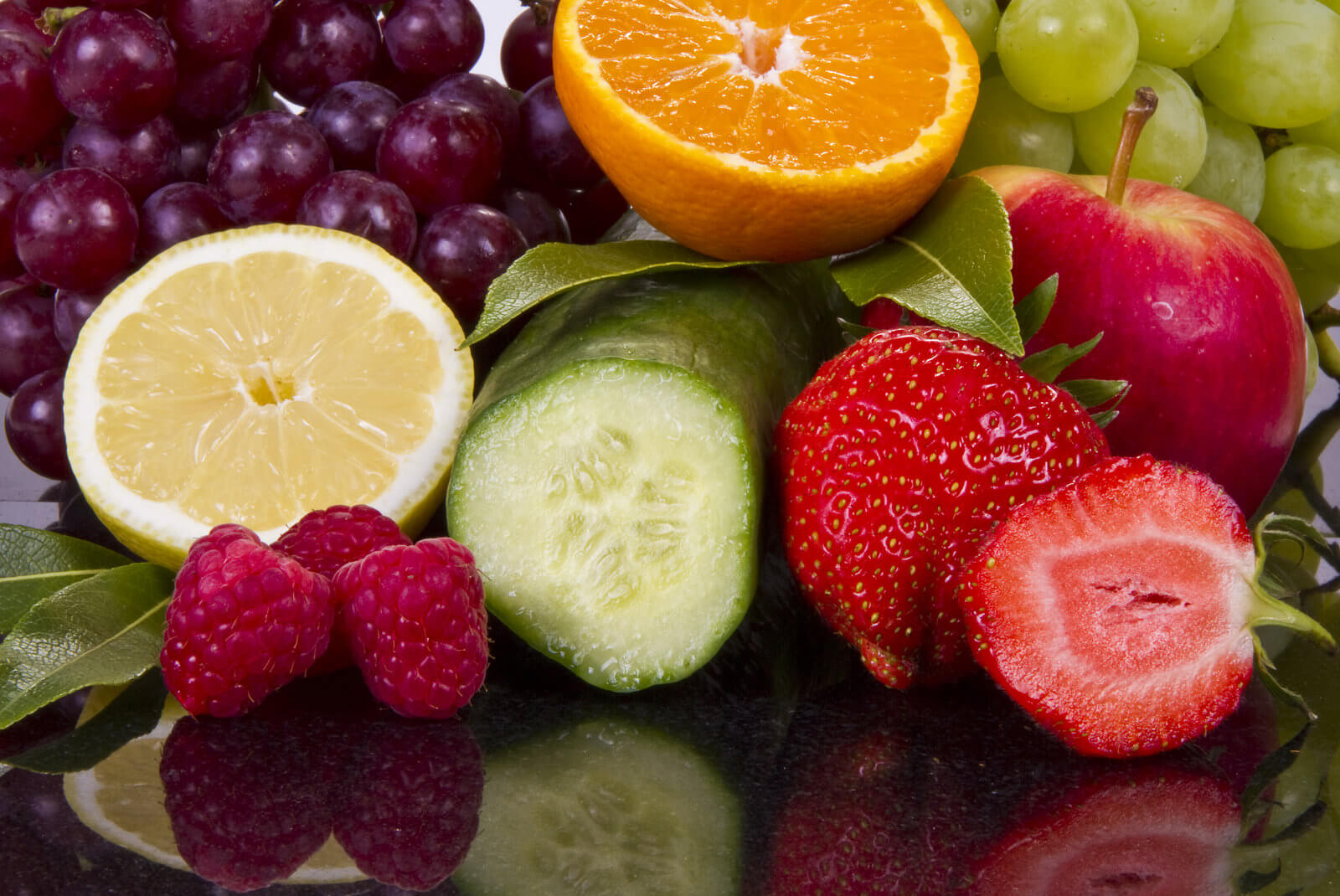
According to a recent study, antioxidants found in fruits may be effective home remedies for migraine headaches. The University of Maryland Medical Center’s research looked at the effects of different antioxidants on migraine sufferers.
The study found that those who took antioxidant supplements experienced fewer migraines than those who did not. The researchers believe that antioxidants help reduce inflammation, a major factor in migraines.
A study published in the journal Neurology found that people who ate a diet rich in antioxidants were less likely to experience migraines.
The research suggests that antioxidants may help to protect the brain from the damage that can lead to migraines. The evidence is not conclusive, but it is strong enough to warrant further research into this potential remedy.
While more research is needed to confirm these findings, the evidence suggests that incorporating antioxidant-rich fruits into your diet may help reduce the frequency and severity of migraines.
Proper Sleep
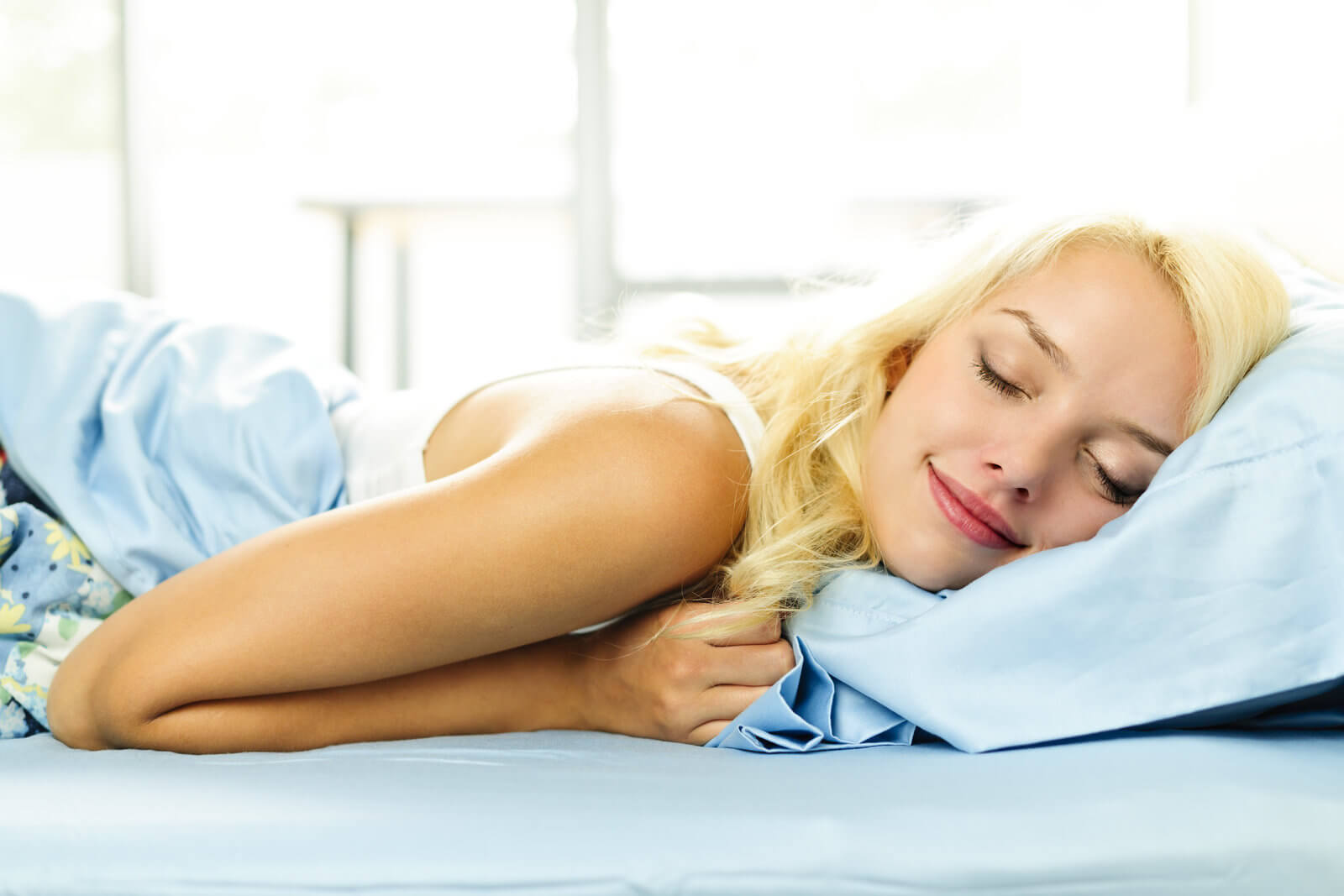
Sleep is critical for overall health, and new research suggests it may also be a helpful home remedy for migraines.
In a small study of people with migraines, those who slept more had fewer headaches. The researchers say the findings suggest that sleep could be an effective, natural migraine remedy.
The research conducted by the University of Liege in Belgium examined the records of over 4,000 migraine sufferers worldwide.
They found that those who regularly slept for seven to eight hours a night were less likely to experience migraines than those who slept for less than six hours.
The evidence suggests that sleep could be a simple and effective remedy for migraines, with few side effects.
Stress management
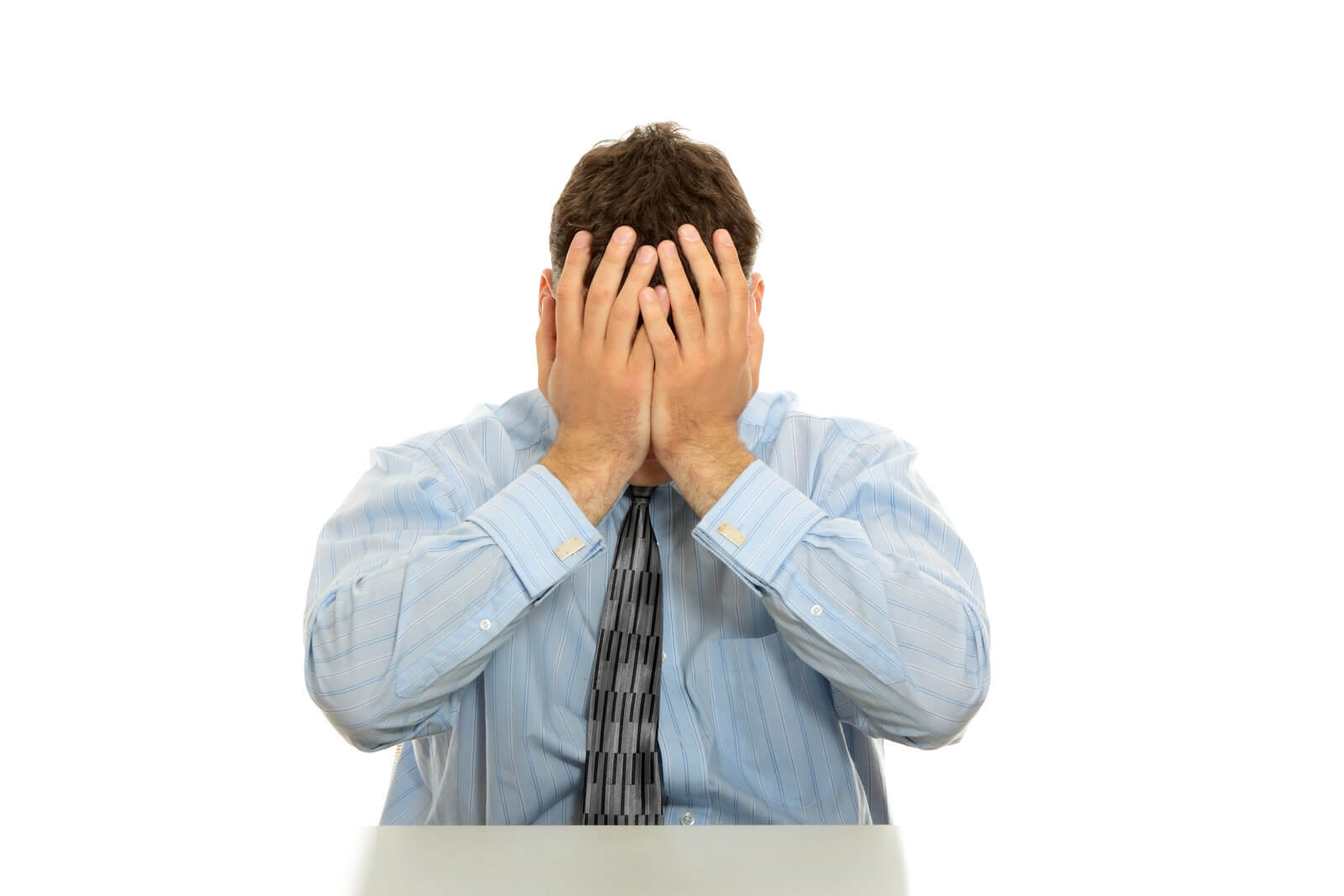
According to a new study, managing stress may be one of the best home remedies for migraine headaches. The University of Cincinnati’s research looked at data from over 4,000 adults who experience migraines.
The study found that those who reported higher stress levels were more likely to experience migraines. However, those who used stress management techniques were less likely to have migraines. This suggests that managing stress may be an effective home remedy for migraine sufferers.
There are many different ways to manage stress. Some people find exercise helpful, while others find meditation or relaxation techniques more effective.
The University of California research in Los Angeles (UCLA) found that people who participated in a stress management program had fewer migraine days and less severe headaches than those who didn’t participate.
Lead author Dr. Laurel Kinsella, a UCLA professor of medicine and director of the UCLA Headache Research and Treatment Program, said that the findings suggest that “stress management should be considered as a potential treatment for migraine.”
While there are many different stress management techniques, the study found that one particular technique – “relaxation training” – was particularly effective at reducing migraines.
If you are struggling with stress, it may be worth trying out a few different methods to see what works best for you.
Acupuncture

Acupuncture is an ancient Chinese practice used to treat various conditions for over 2,000 years. In recent years, acupuncture has been gaining popularity as a treatment for migraines.
A study published in the Journal of Traditional Chinese Medicine found that acupuncture is an effective home remedy for migraines.
The study looked at 100 patients who suffer from migraines. The patients were randomly assigned to one of two groups. The first group received acupuncture treatment and the second group did not.
The results showed that the group who received acupuncture had significantly fewer migraines than the group who did not receive acupuncture.
There is evidence that acupuncture can be an effective home remedy for migraines. If you are suffering from migraines, consider trying acupuncture as a safe and natural way to find relief.
Massage Therapy
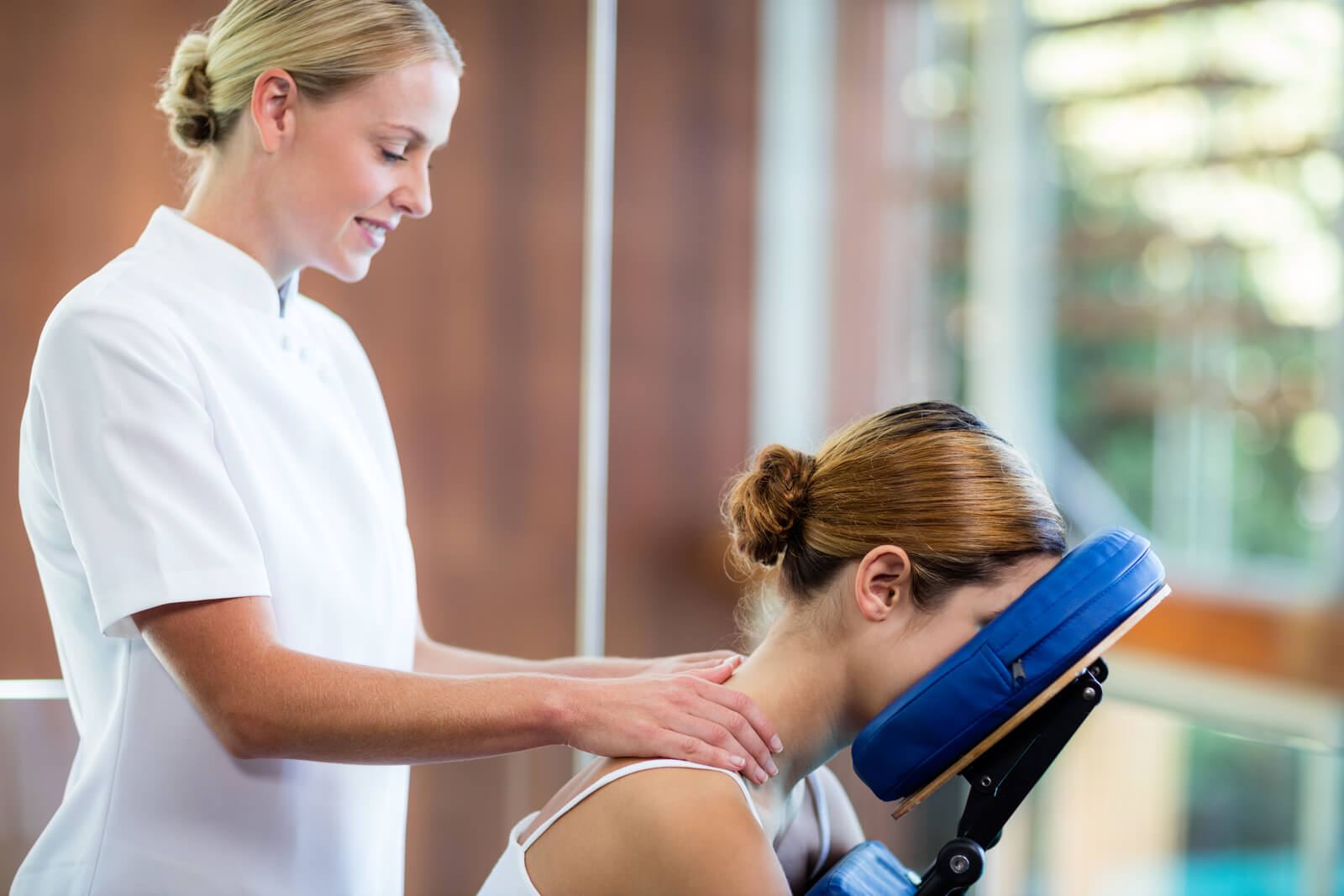
Migraines are a common and debilitating condition that can be difficult to treat.
According to a new study, massage may be an effective home remedy for migraines. The research published in the journal Pain analyzed the data of nearly 1,000 people treated for migraines with massage therapy.
The study found that those who received massage therapy had significantly lower levels of pain and disability than those who did not receive massage therapy. In addition, the participants who received massage therapy also reported having fewer migraines per month than those who did not receive massage therapy.
While more research is needed to confirm the findings of this study, the evidence suggests that massage may be a helpful home remedy for migraine sufferers.
If you are considering trying massage for your migraines, consult your healthcare provider first to ensure it is safe.
Chiropractic Care
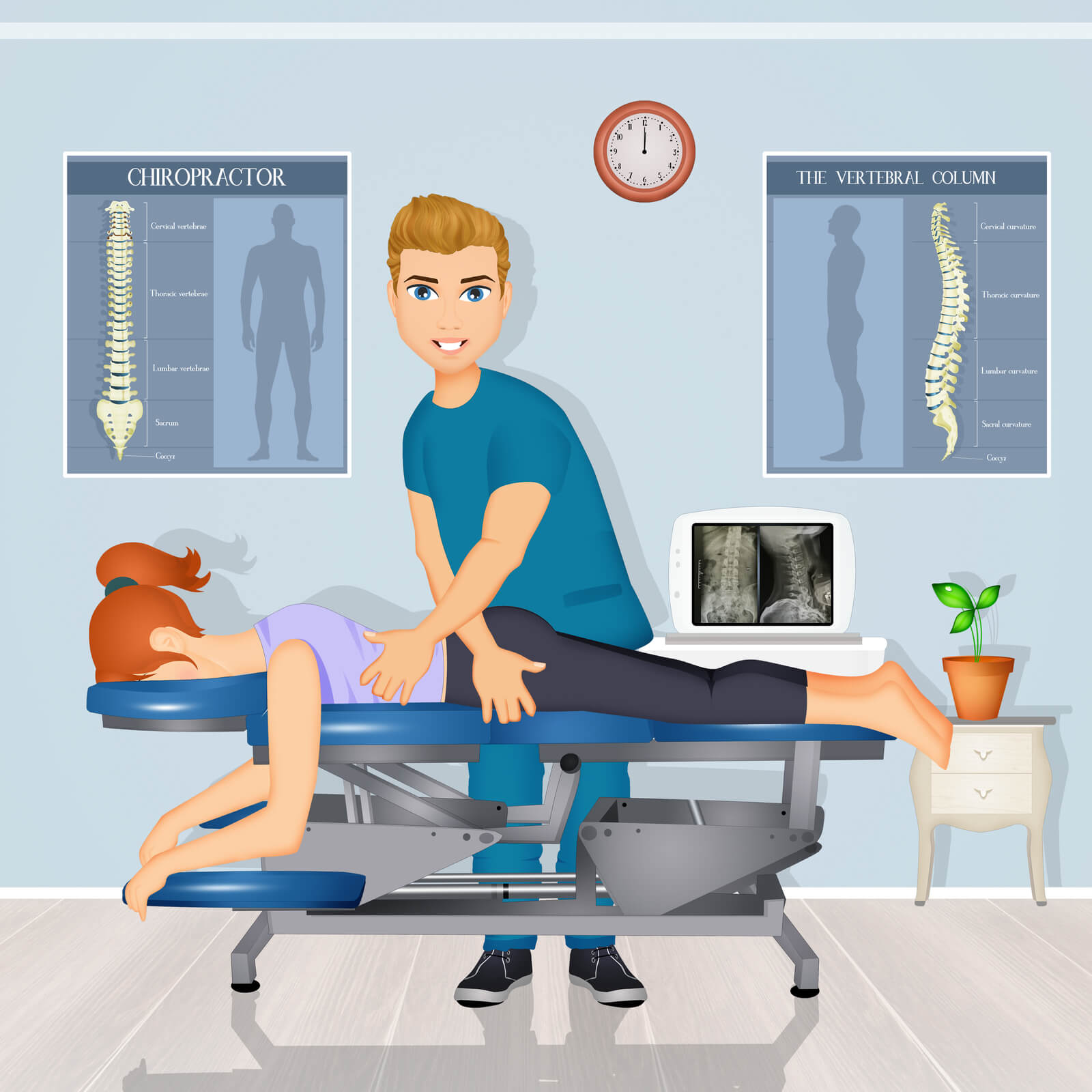
Migraine headaches are no fun. They can cause severe pain, nausea, and sensitivity to light and sound. And they can last for hours or even days. You may want to try chiropractic care if you’re looking for relief.
A recent study found that chiropractic care was an effective home remedy for migraines. The research was based on a survey of more than 1,000 people who suffer from migraines. Of those surveyed, nearly 50% said they had tried chiropractic care, and of those who had, more than 80% said it was effective.
Chiropractic care is a drug-free treatment option that involves adjusting the spine to relieve pressure on the nerves. If you’re considering trying it, find a qualified practitioner with experience treating migraines.
Biofeedback
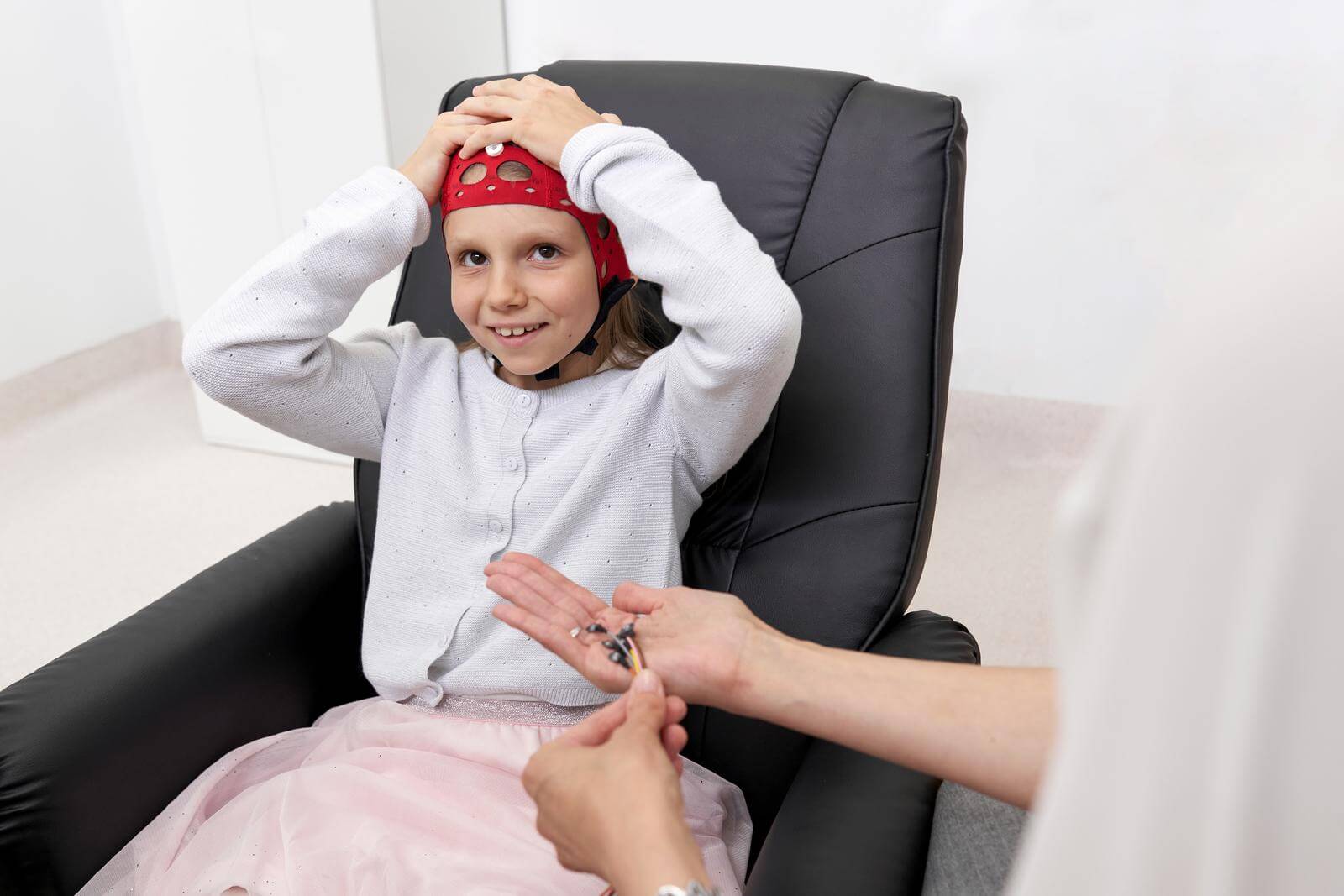
Migraine headaches are common and can cause significant pain and disrupt daily activities. Although many treatments are available, some people may prefer to try home remedies. Biofeedback is a home remedy that has shown some promise in treating migraines.
A small study published in the journal Headache found that biofeedback may be an effective treatment for migraines.
In the study, participants who received biofeedback training had fewer migraine attacks and less severe symptoms than those who did not receive the therapy.
Biofeedback is a non-invasive technique that uses sensors to measure various body functions, such as heart rate, muscle tension, and skin temperature. Biofeedback aims to help people learn to control these functions through relaxation techniques.
Hot Showers (Hydrotherapy)
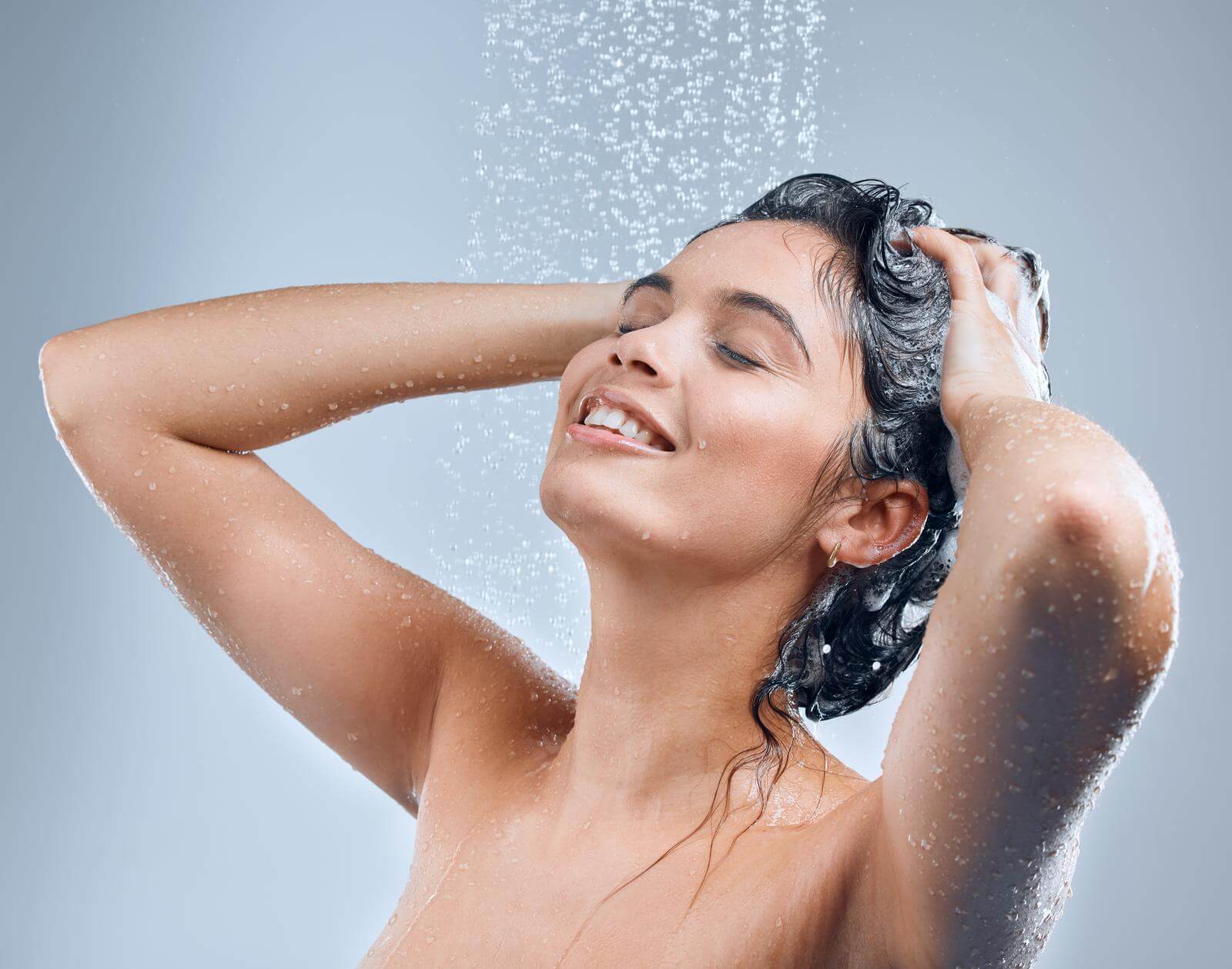
They’re often accompanied by nausea, vomiting, and extreme sensitivity to light and sound. Migraines can last for hours or even days, and the pain can be so severe that it interferes with your daily activities.
A new study suggests hot showers may be an effective home remedy for migraines.
The study, which is the first of its kind, looked at the effects of hot showers on migraine sufferers. The results showed that hot showers were associated with significantly decreasing migraine symptoms.
Using hot showers as a home remedy for migraines has many potential benefits. Hot showers can help to relax the muscles and relieve tension headaches. They can also increase blood flow and improve circulation.
Moreover, other studies have found that hot showers can help relieve migraine pain. In one study, people who took a 10-minute hot shower had significantly less pain after 30 minutes than those who didn’t take a shower. The difference was even more pronounced after an hour.
The study shows that hot showers may be an effective home remedy for migraines. However, further research is needed to confirm these findings.
Most FAQ for Migraine Headache
How common are migraine headaches?
Migraine headaches are one of the most common types of headaches. They can cause severe throbbing pain and other symptoms like nausea and vomiting. Migraines can be debilitating and make it difficult to carry out everyday activities.
According to the Migraine Research Foundation, migraines affect around 10% of the population. That means that around 1 in every ten people suffers from migraines. Migraines are more common in women than men, and around 18% of women suffer migraines.
Several different factors can cause migraines. These include stress, hormone changes, certain foods and drinks, and even weather changes. If you suffer from migraines, keeping a journal to identify any triggers is important.
There are many different treatments for migraines. These include over-the-counter painkillers, prescription medications, and even acupuncture. You must talk to your doctor to find the best treatment if you suffer from migraines.
If you suffer from migraines, you are not alone. Millions of people suffer from this condition. But with the right treatment, you can manage your migraines and live a healthy life.
Who gets migraines? What are the risk factors?
Migraines can affect people of all ages, but they’re most common in adults between the ages of 25 and 55. Women are more likely to get migraines than men.
There are several possible causes of migraines, but the exact cause is unknown. Some possible migraine triggers include:
- Hormonal changes in women
- Stress
- Anxiety
- Depression
- Weather changes
- Certain foods and drinks
- Sensory stimuli
- Changes in sleep patterns
If you have migraines, you might be able to reduce the frequency and severity of your headaches by avoiding trigger foods and drinks, managing stress, and getting enough sleep.
How often do migraines happen?
Unfortunately, there is no simple answer to this question. Migraines can occur sporadically or more frequently, on a weekly or even daily basis. For some people, migraines may only happen a few times a year, while others may experience them much more frequently.
Many factors can influence how often migraines occur. These can include stress, lack of sleep, certain foods and drinks, hormonal changes, and weather changes. Many people find their migraines triggered by one or more of these factors.
If you suffer from migraines, keeping a diary or log of your attacks is important. This can help you to identify any patterns or triggers that may be causing your migraines. Once you know what triggers your migraines, you can try to avoid these triggers or take steps to lessen their impact.
If you are struggling to cope with migraines, several treatments can help. These can include medication, lifestyle changes, and complementary therapies. Your doctor can advise you on the best course of treatment for you.
If you are worried about how often migraines are happening or if you are struggling to cope with them, speak to your doctor. They will be able to offer you advice and support.
How do you stop a migraine headache fast?
There are a few things you can do to try to stop a migraine headache fast:
1. Take over-the-counter pain medication. Ibuprofen or acetaminophen can help to reduce the pain of a migraine headache.
2. Apply a cold compress to your head. This can help to numb the pain and reduce inflammation.
3. Drink lots of fluids. Dehydration can make migraines worse, so it’s important to stay hydrated.
4. Try relaxation techniques. Meditation, yoga, or deep breathing can help to ease the pain of a migraine headache.
5. Avoid triggers. If you know what triggers your migraines, try to avoid those triggers. Common triggers include stress, bright lights, and certain foods.
If you’re suffering from a migraine headache, try these tips to stop the pain fast.
How do you get rid of migraine in 30 minutes?
There is no one-size-fits-all solution to migraines, but there are some things you can do to help ease the pain. Here are eight tips to help you eliminate migraines in 30 minutes or less.
1. Take a pain reliever.
If you’re in pain, the first thing you’ll want to do is take a pain reliever. Over-the-counter pain relievers like ibuprofen (Advil) or acetaminophen (Tylenol) can help. Ask your doctor or pharmacist for advice if you’re unsure which one to take.
2. Apply a cold compress.
If a throbbing sensation accompanies your migraine, applying a cold compress to your forehead can help. Place a cold, wet towel on your forehead or head for 15 minutes. You can also try placing a bag of frozen peas or corn on your forehead.
3. Take a hot bath or shower.
A hot bath or shower can also help ease the pain of a migraine. The heat can help relax the muscles in your head and neck.
4. Try aromatherapy.
Certain aromatherapy oils can help relieve migraines. Lavender oil is one of the most popular options. You can add a few drops of lavender oil to a diffuser or inhaler or apply it to your temples and forehead.
5. Drink plenty of fluids.
Dehydration can make migraines worse. Be sure to drink plenty of fluids, such as water, juice, and herbal tea.
6. Get some rest.
If possible, lie in a dark, quiet room and close your eyes. Try to relax your whole body and breathe slowly and deeply.
7. Avoid triggers.
Certain triggers can bring on a migraine, such as bright lights, loud noises, strong smells, and certain foods. If you can identify your triggers, try to avoid them.
8. Talk to your doctor.
If you’re having migraines frequently, or if they’re severe, talk to your doctor. They can prescribe medication to help prevent migraines or make them less severe.
What can I drink to get rid of migraine?
Certain drinks can help get rid of migraines or at least provide relief.
Water is always a good place to start. Dehydration is a common trigger for migraines, so ensure you drink plenty of fluids. If you’re not a fan of plain water, try adding some fresh fruit or herbs for flavor.
Ginger tea is another great option for migraine relief. Ginger has natural anti-inflammatory properties and can help to soothe a headache.
Many different herbal teas can help to relieve migraine pain. Some popular options include ginger, peppermint, and chamomile tea.
Peppermint tea is another herbal tea that can be helpful for migraines. Peppermint has a cooling effect that can help to relieve headaches.
Caffeine can help constrict the brain’s blood vessels, which can help reduce migraines’ pain. However, limiting caffeine intake is important, as too much can trigger migraines.
Fruit juices are also a good option for migraine sufferers. Citrus fruits like lemon and lime can help to ease headaches. Other options include apple juice and cranberry juice.
There are also a few alcoholic drinks that can help eliminate migraines. Wine, particularly red wine, is a popular choice. Beer can also be helpful, although it’s important to drink in moderation.
Talk to your doctor about other possible treatment options if you’re struggling with migraines. In some cases, medication may be necessary to provide relief.
Where is the migraine pressure point?
Are you looking for a migraine pressure point? A few different pressure points can be used to help relieve migraines. The most common pressure point is located on the webbing between the thumb and the first finger. This pressure point is known as the Hegu point.
To find the Hegu point, place your thumb and first finger on either side of the webbing. The Hegu point is located in the center of the webbing. Apply pressure to this point for a few minutes.
Another pressure point that can be used to relieve migraines is located on the back of the neck. This pressure point is known as the Fengchi point.
To find the Fengchi point, place your fingers on either side of the neck. The Fengchi point is located at the base of the skull. Apply pressure to this point for a few minutes.
A few other pressure points can be used to relieve migraines. However, these two pressure points are the most common. If you are unsure how to find these pressure points, ask your doctor or a certified acupuncturist.
What foods to avoid if you have migraines?
If you suffer from migraines, you’re probably all too familiar with the debilitating effects they can have on your life. But did you know that certain foods can trigger migraines?
There are a few different types of foods known to trigger migraines, and it’s important to be aware of them so you can avoid them.
MSG: MSG is a common food additive linked to migraines. It’s often found in Chinese food, processed meats, and some salad dressings. If you’re prone to migraines, it’s best to avoid MSG.
Aspartame: Aspartame is a common artificial sweetener in many diet sodas and other sugar-free products. It’s been shown to trigger migraines in some people, so it’s best to avoid it if you suffer.
Tyramine is a compound in aged cheeses, smoked meats, and pickled foods. It’s thought to trigger migraines by causing the release of norepinephrine, a hormone that’s been linked to migraines.
Alcohol: Alcohol is a common trigger for migraines. Red wine is especially likely to trigger migraines, but any type of alcohol can trigger them. If you suffer from migraines, it’s best to avoid alcohol altogether.
Processed meats are a common migraine trigger. Processed meats contain tyramine, a substance that can trigger migraines. If you suffer from migraines, you should avoid processed meats.
A few other foods are thought to trigger migraines, but these are the most common ones. If you suffer from migraines, avoiding these foods is best to help prevent them.
Which fruit is good for migraine?
One home remedy often recommended for migraines is eating certain foods. Some people find that certain fruits can help to relieve their migraines. Here are some of the best fruits for migraines:
1. Papaya
Papaya is a tropical fruit rich in vitamins, minerals, and antioxidants. It also contains an enzyme called papain, which has anti-inflammatory properties. These properties may help to reduce the inflammation that can trigger migraines.
2. Pineapple
Pineapple is another tropical fruit high in vitamins, minerals, and antioxidants. It also contains an enzyme called bromelain, which has anti-inflammatory and pain-relieving properties. These properties may help to reduce the pain and inflammation associated with migraines.
3. Banana
Banana is a good source of potassium, an electrolyte that helps regulate blood pressure. Low levels of potassium can trigger migraines in some people. Banana is also a good source of magnesium, another mineral that can help prevent migraines.
4. Orange
Orange is a good source of vitamin C, an antioxidant that can help reduce inflammation. Orange is also a good source of bioflavonoids, plant-based compounds with anti-inflammatory properties. These properties may help to reduce the inflammation that can trigger migraines.
5. Grapefruit
Grapefruit is a good source of vitamin C and bioflavonoids. It also contains a compound called limonene, which has anti-inflammatory properties. These properties may help to reduce the inflammation that can trigger migraines.
6. Blueberries, Cherries, Cranberries, Strawberries:
Berries and Cherries are also rich in antioxidants and have anti-inflammatory properties. They also contain compounds called anthocyanins, which can help reduce migraines’ severity.
Conclusion
The best home remedies for migraine headaches relief are to sleep in a dark, quiet room; apply a cold pack to your forehead for 20 minutes; and drink lots of fluids.
Moreover, if the pain is severe, over-the-counter medication may be necessary.
If you suffer from migraines, you must see a doctor find the best treatment plan.
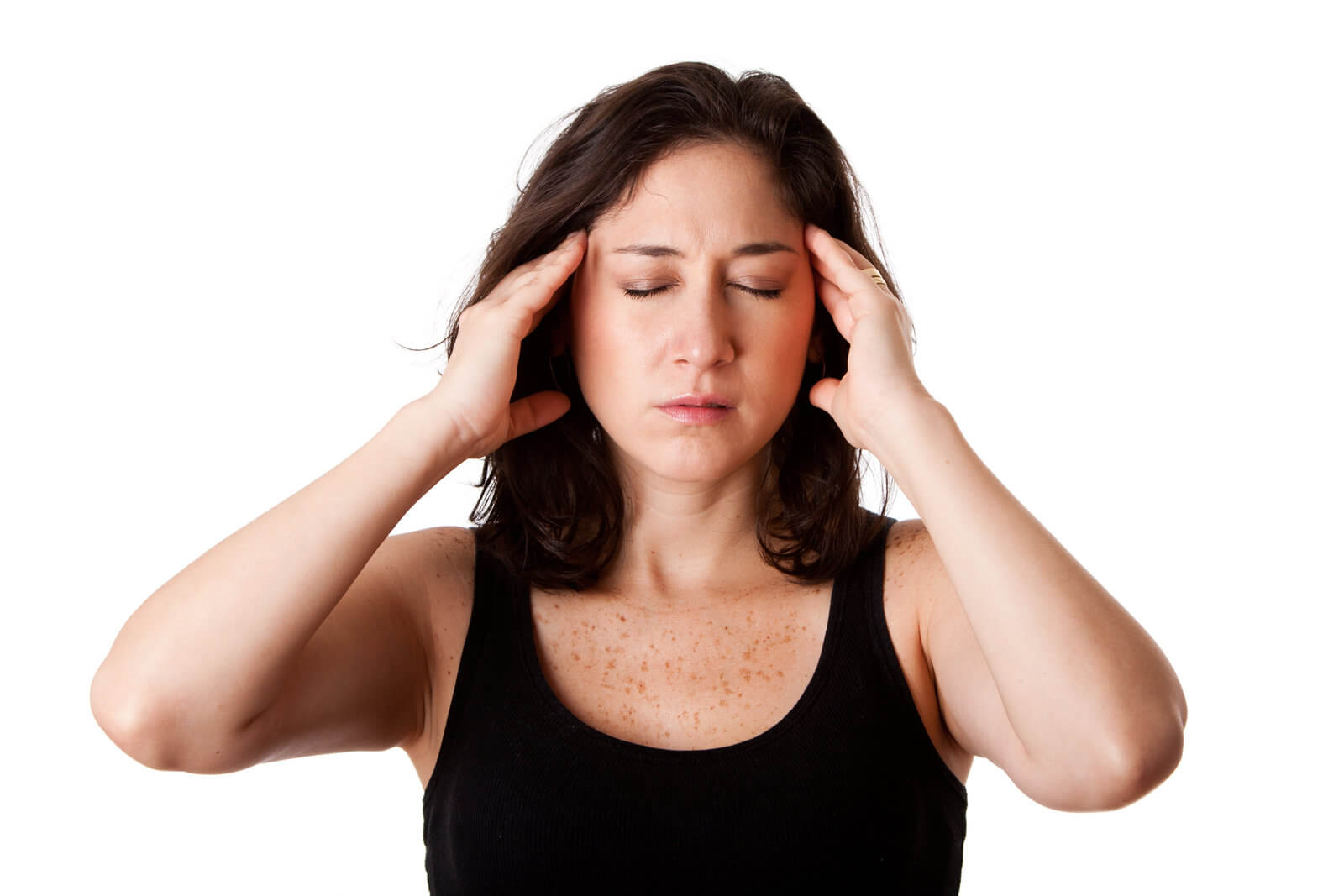
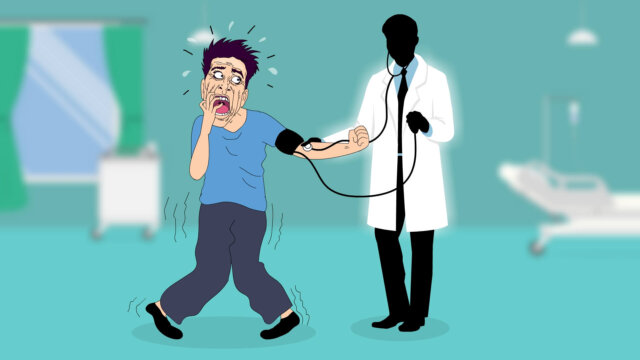
![8 Secrets of longevity: How to Live a Long and Happy Life [Definitive Guide]](https://healthyious.com/wp-content/uploads/2020/02/Secrets-of-longevity-how-to-live-long-life-640x360.jpg)
